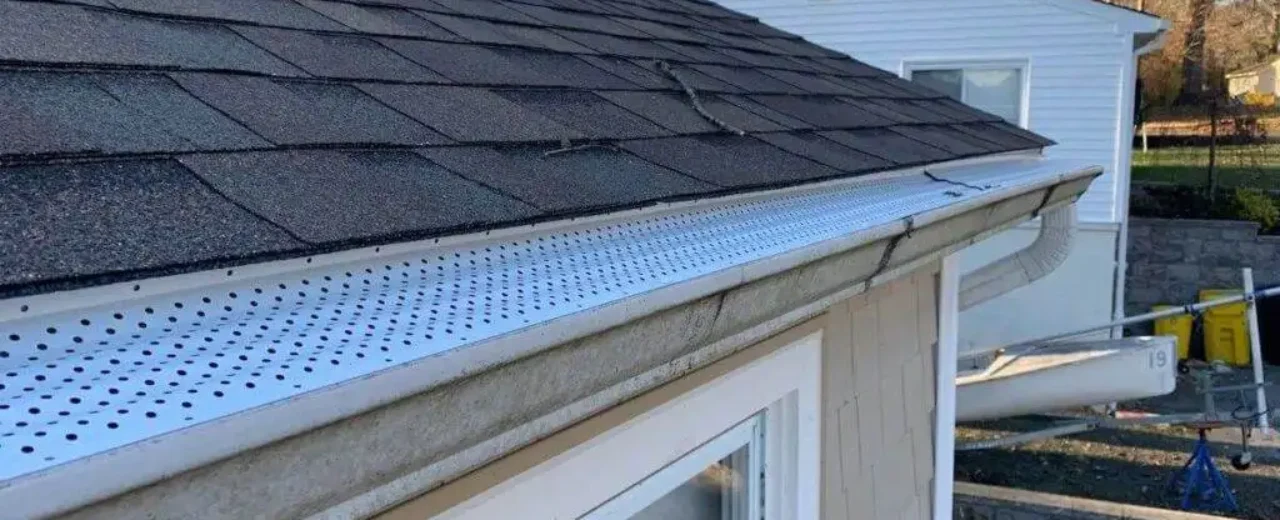Why Roof Pitch Matters for Drainage and Material Selection
When planning a roof, one of the most critical—and often overlooked—design elements is the pitch. Roof pitch, or slope, is the angle at which a roof rises from its lowest point to its peak. While it might seem like a matter of style, roof pitch plays a key role in how effectively a roof sheds water and snow and directly impacts which roofing materials are suitable for your home or building.
Drainage Efficiency
The primary function of any roof is to protect a structure from the elements, and proper drainage is crucial to that protection. Roofs with a steeper pitch allow rainwater and melting snow to flow off quickly, minimizing the risk of water pooling, leaks, or ice dam formation. This is especially important in regions that experience heavy rainfall or snowfall. Water lingering on a roof can seep into seams, under shingles, or underlayment layers, leading to moisture damage, mold, or rot.
Flat or low-pitched roofs, on the other hand, require a carefully engineered drainage system to prevent water buildup. This might include internal drains, scuppers, or tapered insulation to create a slope. These roofs are more prone to leaks and long-term structural issues without adequate drainage design.
Material Selection
Roof pitch also heavily influences the types of materials that can be used. Certain materials perform better on steeper slopes, while others are designed for low-pitched or flat roofs.
For steep-sloped roofs (typically 4:12 pitch and higher):
- Asphalt shingles are one of the most popular and cost-effective choices.
- Wood shakes, metal panels, slate, and tile are also ideal, as they naturally shed water and resist weathering when installed on a steep angle.
- These materials also contribute to a visually striking appearance, enhancing curb appeal.
For low-slope or flat roofs (less than 3:12 pitch):
- Rolled roofing, modified bitumen, TPO, EPDM, and PVC membranes are preferred. These materials provide a continuous, sealed surface that resists water infiltration.
- These roofing systems are designed to handle minimal pitch and rely on professional installation and proper drainage design to function correctly.
Attempting to install steep-slope materials like shingles on a low-slope roof can be disastrous, as they are not watertight and will likely lead to leaks and early failure.
Energy and Maintenance Considerations
Pitch also affects how a roof handles sun exposure and ventilation. Steeper roofs allow for more attic space, improving airflow and reducing heat buildup in warmer months. They also tend to accumulate less debris, reducing maintenance needs.
While low-slope roofs are often more affordable to construct, they may require more frequent inspections and maintenance to clear leaves and standing water and ensure drainage systems remain functional.
Final Thoughts
Whether you’re replacing a roof or building new, understanding the impact of roof pitch is essential. It not only dictates how well your roof handles rain and snow, but it also narrows down the right materials for long-term performance. Working with a knowledgeable roofing contractor ensures your roof is designed with proper pitch, appropriate materials, and effective drainage—protecting your investment for years to come.


